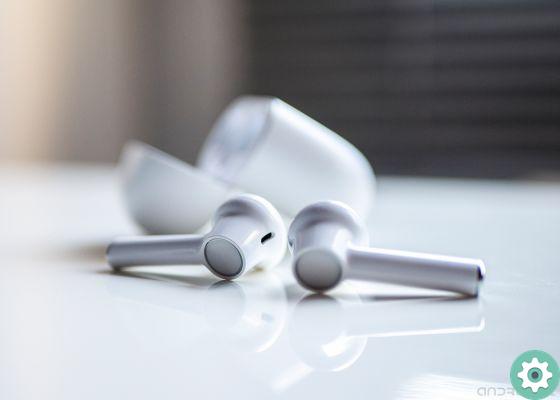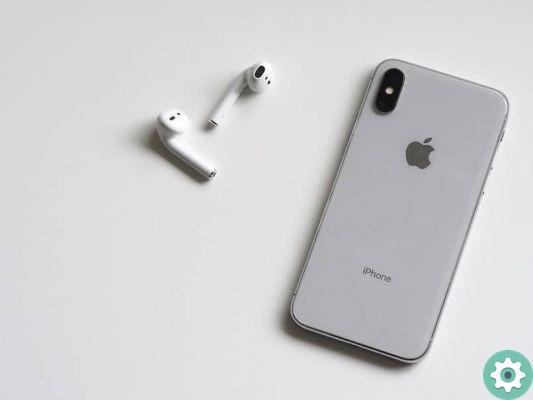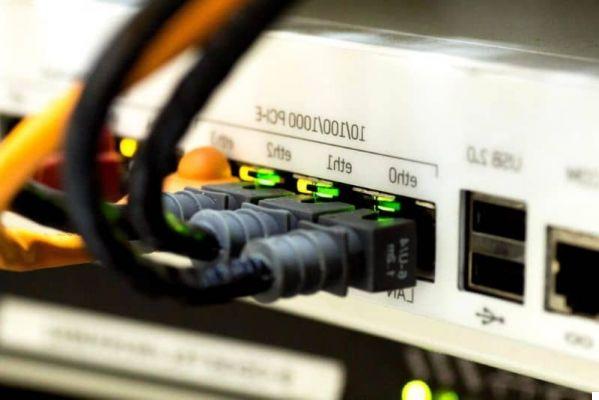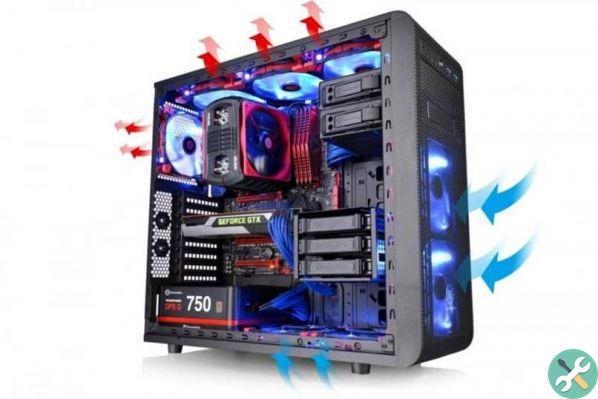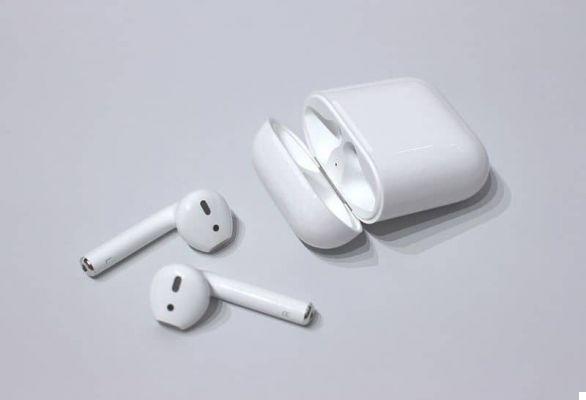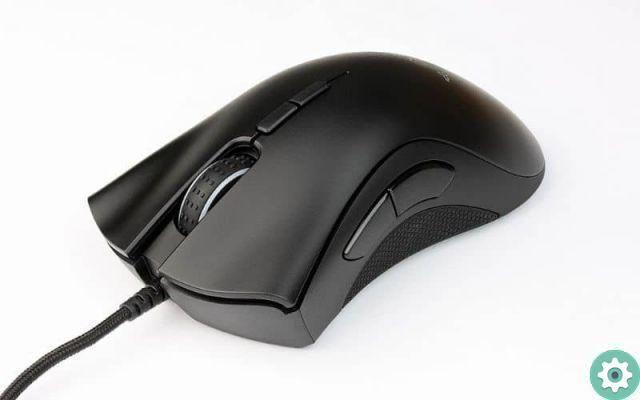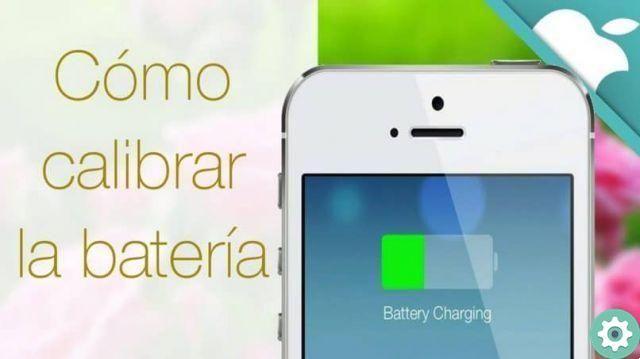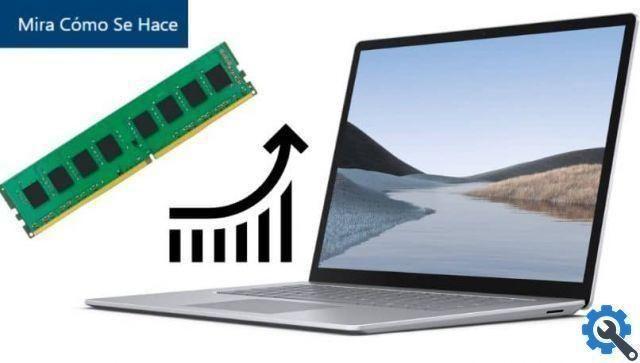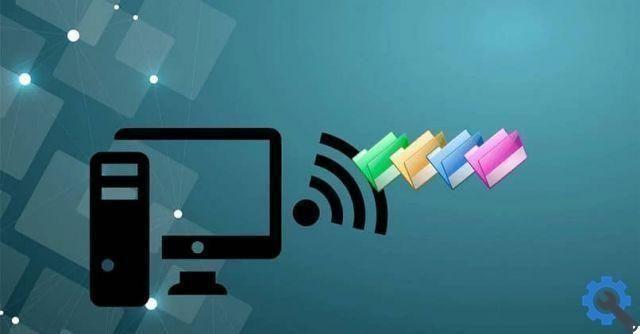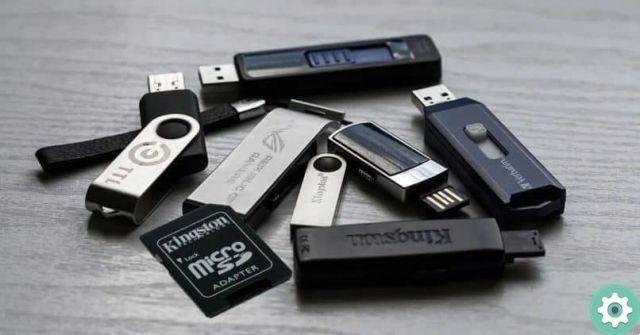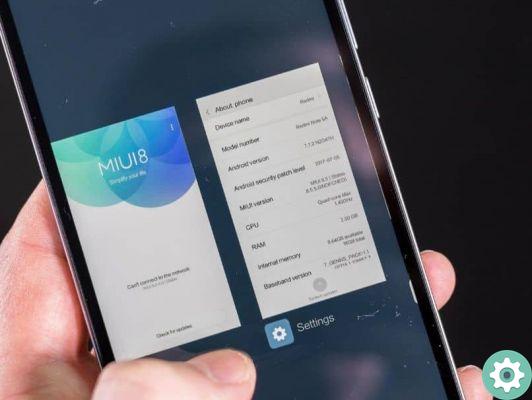Your bracelet or smart watch can tell you how many steps you have taken, guide you to a specific location, or measure your heart rate, but how do you do it?
Inside the device they are present a series of sensors that are fundamental for its operation, as they are responsible for those interesting tools you use every day on your smartband or smartwatch.
Immerse yourself in the operation of the device you wear on your wrist by discovering 13 sensors including bracelets and smartwatches.
You may already know some of them, like GPS, but you might as well be surprised by others. Are you ready to learn about the sensors included in your bracelet or smartwatch? Let's go there.
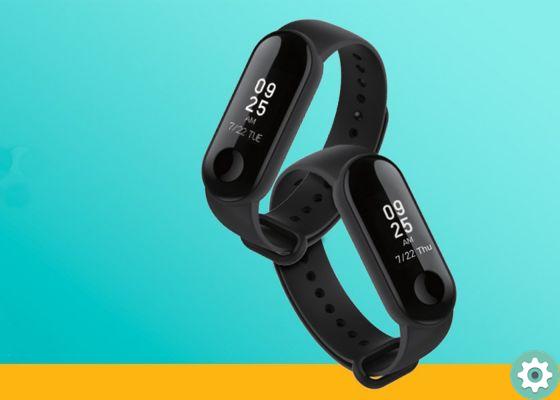
Your bracelet or smartwatch includes 13 key sensors for its operation.
13 sensors included in your bracelet or smartwatch
From the popular Xiaomi Mi Band to the Amazfit GPS watch, wearables known as “smart” include a series of sensors that allow their operation.
Some of these sensors are common to all devices, while others are more exclusive and are only included in some wearables. Let's see what they are.
Blood oxygen meter, or SpO2
Your bracelet or smartwatch may have a blood oxygen meter, known as SpO2 and also included in some Samsung phones.
By emitting pulses of light that pass through the skin, this sensor is able to see the color of the blood and analyze how it varies with the heartbeat.
This is how your bracelet or smart watch calculates the blood oxygen value, which must be between 95% and 100% to ensure that your body's cells receive all the oxygen they need.
Gyroscope
The gyroscope is the sensor that measures the angular velocity of the device and, therefore, its exact location.
By combining data from the gyroscope with that of other sensors such as the accelerometer, the bracelet maintains correct orientation when you move, as well as being able to differentiate the type of movement you are doing (for example, running instead of walking fast).
Altimeter
Taking a point as a reference, the altimeter recognizes any changes in your altitude.
This way the smartwatch you wear on your wrist knows if you are standing climbing stairs or a mountain, and indicates this in the calorie count.
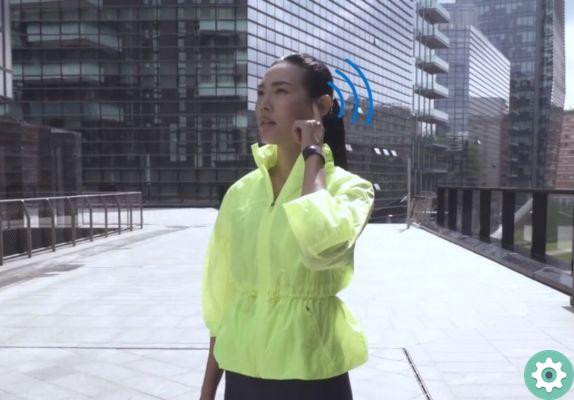
The altimeter recognizes your height, for example when you are climbing a slope.
Compass
The operation of the Map application would not be possible without the compass, which also helps to indicate how to get to an exact point without getting lost along the way.
Accelerometer
One of the most important sensors in your wearable device is the accelerometer, which measures the acceleration force, its direction, the severity and orientation of the device.
As we mentioned earlier, along with the information provided by the gyroscope, it allows the bracelet or watch to know what kind of movement you are doing.
Proximity sensor
The proximity sensor detects the presence of objects near the device. So if you get close to your bracelet or smartwatch, it will know that you will be using it and can turn on the main screen.
On the other hand, if you are not using the device, this proximity sensor will put it on sleep to save battery life.
Ambient light sensor
The ambient light sensor, also present in cell phones, has the task of capture the level of light from the environment in which it is located and send it to the device to cause certain actions.
If you have automatic brightness activated, this sensor is in charge of measuring the external light to level the brightness of the bracelet or watch screen.
Heart rate sensor
Most smart watches and bracelets have a heart rate sensor that informs you about beats per minute your heart gives.
This information is especially useful when you play sports, as it helps you know that your heart rate is correct even if your activity is high.
Bioimpedance sensor
The bioimpedance sensor measures the skin's resistance to a small amount of electricity emitted by the device's battery electrodes.
By analyzing this resistance to electricity, the bracelet or smart watch can learn data such as the water level, breathing rate or sleep.
GPS
Another of the most popular sensors of a smart device is GPS, which is used for pinpoint the exact location wearable and to track its activity. This GPS is the key to getting directions from the Map app to reach a destination point.
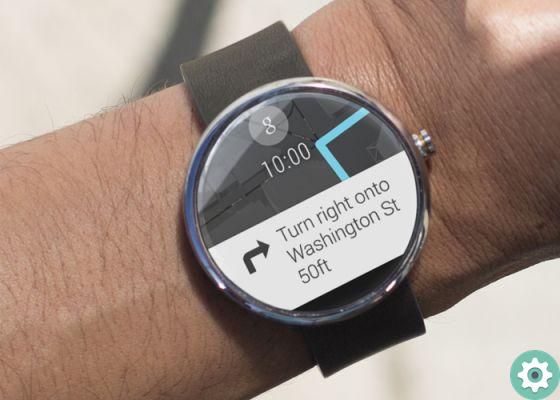
GPS helps you orient yourself with your bracelet or smartwatch.
Magnetometer
The magnetometer on your bracelet or smartwatch measures the Earth's magnetic field and helps you locate where north is. Together with the GPS, it helps you to know the your location and where you are looking.
Body temperature sensor
The body temperature sensor, included in some smart wristbands, monitors your body temperature throughout the day. It is a very useful sensor to know if you have a fever or when your period begins.
UV index meter
The last of the sensors on your bracelet or smart watch we want to talk about is what measures the intensity of ultraviolet radiation from the sun.
When you go out, this sensor detects whether the sunlight is dangerous or not and warns you through the wearable.
If you've been interested in how all these sensors work, but don't have a device with these features yet, you can take a look at our tips for best smart watches and best smart bracelets.




